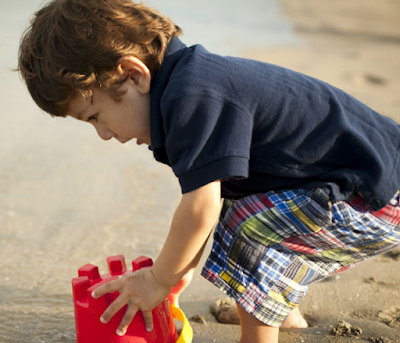The best method for Cerebral Palsy is to help children get self-care ability or do some simple works in the society. Cerebral Palsy treatment by Chinese medicine is a good choice without side effects. http://www.cpchildrentreatment.com/
Monday, July 13, 2015
Exercises for children with cerebral palsy
There’re only a few other things that can benefit a child with cerebral palsy as much as regular physical exercise. See our five exercise suggestions that will quickly pay off in better health and a much happier mood of your young one.
Regular physical exercise for children with cerebral palsy has time and again proven crucial to improving their basic motor functioning, level of fitness and overall health.
Scientific data consistently shows that exercise helps to relax muscles and lowers blood pressure. Through exercising, the body also releases chemical substances called endorphins that are known to reduce the brain's perception of pain. Stress and anxiety levels drop significantly and trigger a good mood, which is extremely beneficial for anyone struggling with any type of disability. Try to fit a regular exercise schedule in your child's daily routine, and the result will be an overall happier life for him or her and you as a parent.
We propose five easy yet very effective exercises that kids with cerebral palsy will benefit from immensely.
1. Arm and leg stretch
Stretching is very important for improving motor functions. Lie your child on his back on a flat surface, with arms spread out sideways and legs stretched out in front. Take your child's foot in your hand and tell him or her to press it like like it’s an accelerator pedal. Do the same with his hand. Hold the stretch for five seconds and repeat three times with each arm and leg.
2. Walk in a square
Draw a square on the ground and gently support your child's posture to take steps forwards and backwards along the drawn line. Follow all four sides of the square without changing direction. You can also add some fun to it: play a chipper song in the background and ask your child to pick a toy at every corner of the square.
3. Reach for the toy
This exercise is excellent for practicing balance and getting rid of the fear of walking. Tie a firm cloth around your child's chest and hold it. Make sure it hangs loosely, but always be ready to catch him if he falls. Place your child's favorite toy on the other side of the room and motivate him to go get it. Once he gets hold of the toy, reward him with a hug and a kiss. Repeat several times using different locations in the house.
4. Push the cart
Encourage your child to actively participate in your daily chores whenever possible. If balance or walking problems are the biggest issue, pushing a small cart or trolley under your supervision could be really beneficial. Fill the cart with some light groceries to push from point A to point B (for instance, from the hall to the kitchen). Don't forget to reward your kid for helping and make the whole practice a fun affair!
5. Walk in water
The merits of water therapy on kids with cerebral palsy are well known. Water may help your child feel calmer and more serene, so make use of a nearby swimming pool or beach as much as you can. For a start, let your kid kick against the water while holding onto the side of the pool or simply walk in shallow (knee- or ankle-deep) water. With time, you can step it up a notch by encouraging him deep-water walking with broad strides in waist- or chest-deep water. Just make sure that you constantly keep an eye on your child and provide physical support when needed.
Labels:
Cerebral Palsy
Subscribe to:
Post Comments (Atom)


No comments:
Post a Comment